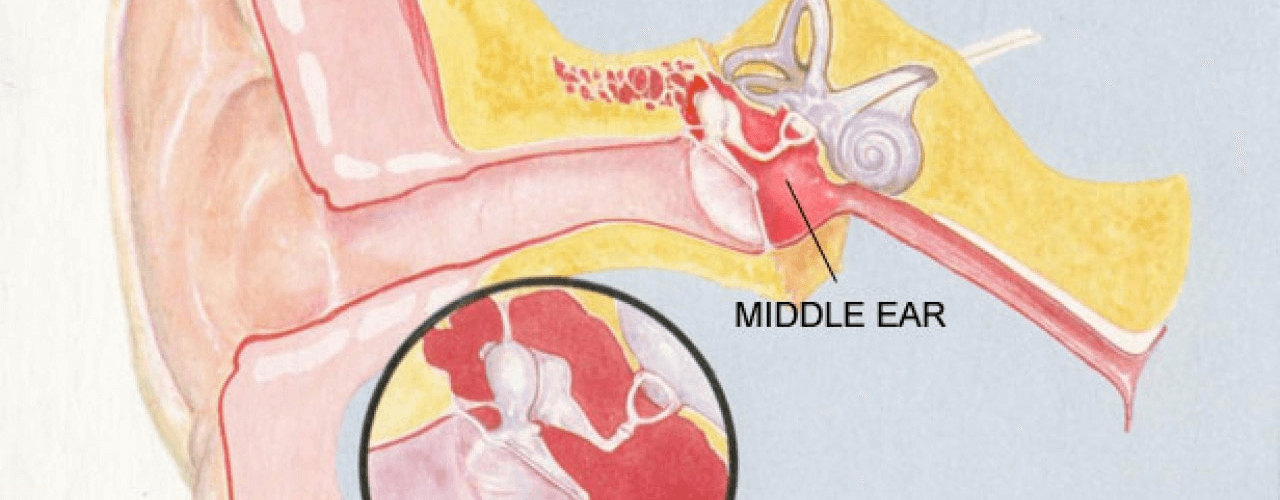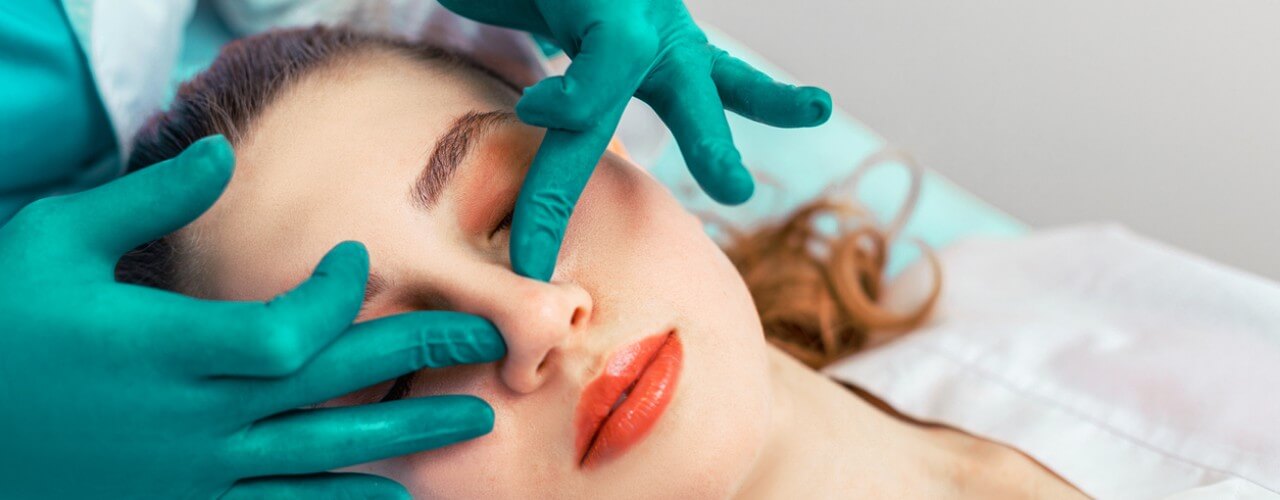Do You Have a Middle Ear Infection?
Middle ear infections are a very common problem, especially for your children. However, it can sometimes take some specialist tests to understand what is wrong or to decide on the best treatment approach for you.
Diagnosing Middle Ear Infections
If you are experiencing symptoms such as earache, discharge and balance problems then you may have a middle ear infection. You can find out for sure by visiting a specialist at the Harley Street ENT clinic. The doctor will ask about your symptoms and may also perform the following tests:
- Checking inside your ear with a special tool called an otoscope.
- Using a otoscope to check for a build-up of fluid in the middle ear by blowing a small puff of air against the eardrum.
- Tympanometry to check how the eardrum moves when the air pressure in the ear canal is changed to check for problems with the pressure in the middle ear.
- Taking a swab from the ear or collecting fluid from the middle ear to test for specific infections.
Ear Treatment Options
Once the diagnosis of a middle ear infection has been confirmed, your doctor at the Harley Street ENT clinic may recommend one of the following ear treatments:
- Waiting to see if the infection clears up by itself can be the best option when the symptoms are mild.
- Placing a warm, moist cloth against your ear may help to ease the pain.
- Over the counter painkillers are usually sufficient to tackle earache.
- Antibiotics may be prescribed for a bacterial infection.
- A myringotomy may be performed to drain fluid from the middle ear and a grommet can be fitted to provide longer term drainage to prevent recurring infections.
The symptoms of middle ear infections should start to improve within a few days, especially if you have visited the Harley Street ENT clinic for ear treatment. However, some people experience recurring infections which may require additional care. For example, your doctor may recommend grommets to ensure the middle ear remains clear of fluid or a longer course of antibiotics to prevent new infections from developing.














